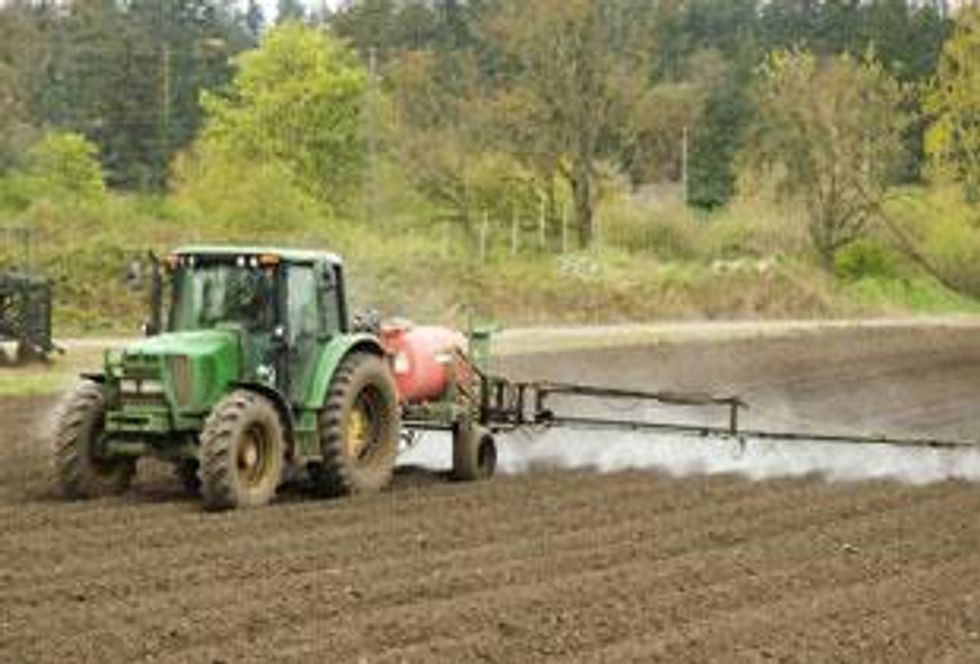- AustraliaNorth AmericaWorld
Investing News NetworkYour trusted source for investing success
- Lithium Outlook
- Oil and Gas Outlook
- Gold Outlook Report
- Uranium Outlook
- Rare Earths Outlook
- All Outlook Reports
- Top Generative AI Stocks
- Top EV Stocks
- Biggest AI Companies
- Biggest Blockchain Stocks
- Biggest Cryptocurrency-mining Stocks
- Biggest Cybersecurity Companies
- Biggest Robotics Companies
- Biggest Social Media Companies
- Biggest Technology ETFs
- Artificial Intellgience ETFs
- Robotics ETFs
- Canadian Cryptocurrency ETFs
- Artificial Intelligence Outlook
- EV Outlook
- Cleantech Outlook
- Crypto Outlook
- Tech Outlook
- All Market Outlook Reports
- Cannabis Weekly Round-Up
- Top Alzheimer's Treatment Stocks
- Top Biotech Stocks
- Top Plant-based Food Stocks
- Biggest Cannabis Stocks
- Biggest Pharma Stocks
- Longevity Stocks to Watch
- Psychedelics Stocks to Watch
- Top Cobalt Stocks
- Small Biotech ETFs to Watch
- Top Life Science ETFs
- Biggest Pharmaceutical ETFs
- Life Science Outlook
- Biotech Outlook
- Cannabis Outlook
- Pharma Outlook
- Psychedelics Outlook
- All Market Outlook Reports
Potash prices were on the upswing in the latter half of 2010, and have amplified this trend so far in 2011, buoyed by strength in the grain markets.
By Leia Toovey- Exclusive to Potash Investing News
Potash prices were on the upswing in the latter half of 2010, and have amplified this trend so far in 2011, buoyed by strength in the grain markets. A combination of increased demand, and supply disruptions have resulted in record-high grain prices, and record-low grain stockpiles. Potash’s primary purpose, as a yield maximizing fertilizer, means that demand for potash closely tracks the need to increase agricultural output. When grains prices are high, farmers will do everything in their power to increase output and capitalize on the high-price environment. According to many analysts the projected strength of the grains market through the foreseeable future, means that potash prices have nowhere to go but up.Potash is currently selling in the range of $520 to $550 per tonne, depending on the contract volume and duration. In March, potash prices were around $409 per tonne, and in 2010, after demand dropped as farmers decided to forgo applications of potash (farmers can skip one application without seeing a considerable drop in yields), potash slipped to $343 per tonne, FOB in Vancouver. BPC and Canpotex are expected to announce a further increase of US$30-40 for potash (standard grade) for Southeast Asia for fourth-quarter shipments, while prices in Brazil will likely rise by US$30-50 for the granular grade.
Demand has rebounded so aggressively, and so suddenly, that both Canpotex and BPC are virtually sold out of potash for the third quarter of 2011. In their corporate earnings conference call, the CEO of Potash Corporation of Saskatchewan (NYSE:POT), Bill Doyle, told analysts and the media that the largest challenge that his company faces, in the future, is ramping up production to meet the growing demand for fertilizer. In the second quarter of 2011, Potash Corporation of Saskatchewan saw production hit an all-time record high of 2.6 million tonnes.
In their August monthly commodities report, Scotiabank says world potash shipments are expected to climb about 11.5 per cent over 2011 on 2010 totals. “According to Scotiabank economics VP and commodity markets specialist Patricia Mohr “The average spot price of potash should climb to at least $650 per tonne by late 2012 – perhaps higher.”
Potash Corp of Saskatchewan executive vice-president and COO David Delaney has already warned that global potash production this year will likely fall short of targets. For 2011, world potash supply capability has been projected at 61 million tonnes. Delaney did not put an exact number on the shortfall, however, in their monthly commodities recap for August, Scotiabank pegged 2011 realized production at 58 million tonnes. In an ideal situation, the supply capability for 2012 is in the 63-million to 64-million-tonne range. Potash Corp. intends to push supply to match the growing demand, “With these record grain prices, record demand, low inventories … I think all the major markets, including North America, are going to be extremely strong and push the industry to supply it,” added Delaney
Potash’s aggressive rally can be attributed to skyrocketing demand as farmers have increased purchases to compensate for both the skipped applications, and stockpile fertilizer that was used up during the recession. While potash is not “immune” to the global macroeconomic climate, the grains market, the one that potash is most closely correlated to, is expected to remain bullish for years to come, as the world’s population grows, and the amount of land to use to feed the growing population shrinks. The potash supply chain should tighten further in 2012, with onward growth in world consumption in the face of only limited new mine and mill capacity expansion.
It is not only population growth that will fuel the need to increase food output, a change in the structure of the world’s population will also make it necessary to ramp of agricultural output. The populations in many of the emerging economies are experiencing an unprecedented rise in wealth, and as the wealth of a population increases so does the demand for a more protein based diet. As populations switch the structure of their diets, the agriculture output per acre of land must increase. The best way to accomplish this is to fertilize, a fact that is expected to buoy the prices of crop nutrients, including potash, for years to come.
Disclosure: I, Leia Toovey, have equity interests in Potash Corporation of Saskatchewan
Investing News Network websites or approved third-party tools use cookies. Please refer to the cookie policy for collected data, privacy and GDPR compliance. By continuing to browse the site, you agree to our use of cookies.
